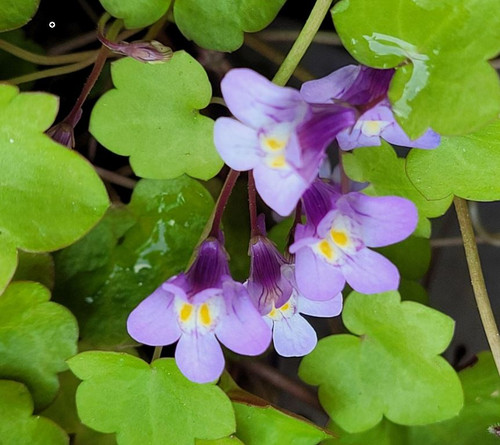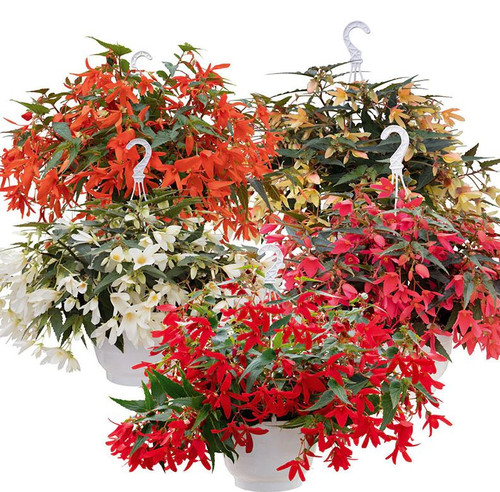Cymbalaria muralis, also known as the "Kenilworth Ivy," is a creeping or climbing plant that is often used as a ground cover, filling in gaps or cracks in a wall or a hanging plant.
The plant has long, delicate stems that can grow up to 2 ft (60 cm) in length and bear leaves that are shaped like small hearts and range in color from green to gray-green. The blue violet flowers of Kenilworth Ivy are small, snapdragon-like, have yellow throats and typically bloom from spring to autumn.
Kenilworth Ivy is hardy and easy to grow, making it a popular choice for gardeners. It is also drought-tolerant, making it ideal for xeriscaping. This plant is generally pest and disease-free, and can be propagated from stem cuttings or by division of the root clumps.
In summary, Kenilworth Ivy is a hardy, low-maintenance plant that is ideal for gardeners looking for a ground cover or hanging plant. With its delicate stems and vibrant flowers, it adds a pop of color to gardens and landscapes.
Botanical Name: Cymbalaria muralis
Syn: Linaria cymbalaria
Common Name: Ivy Leaved Toadflax, Pennywort, Kenilworth Ivy, Mauer-Zimbelkraut, Zimbelkraut
Type: Perennial
Flower Color: Blue violet with yellow throats
Flowering Period: May to September
Plant Height: 4 in. (10 cm)
Light Requirements: Part Shade, Full Shade
Water Requirements: Average
Soil Requirements: Well drained, average soil
USDA Zones: 3-8 (Can be grown as an annual)
Misc: Flowers the first year and will self sow in optimum growing conditions











